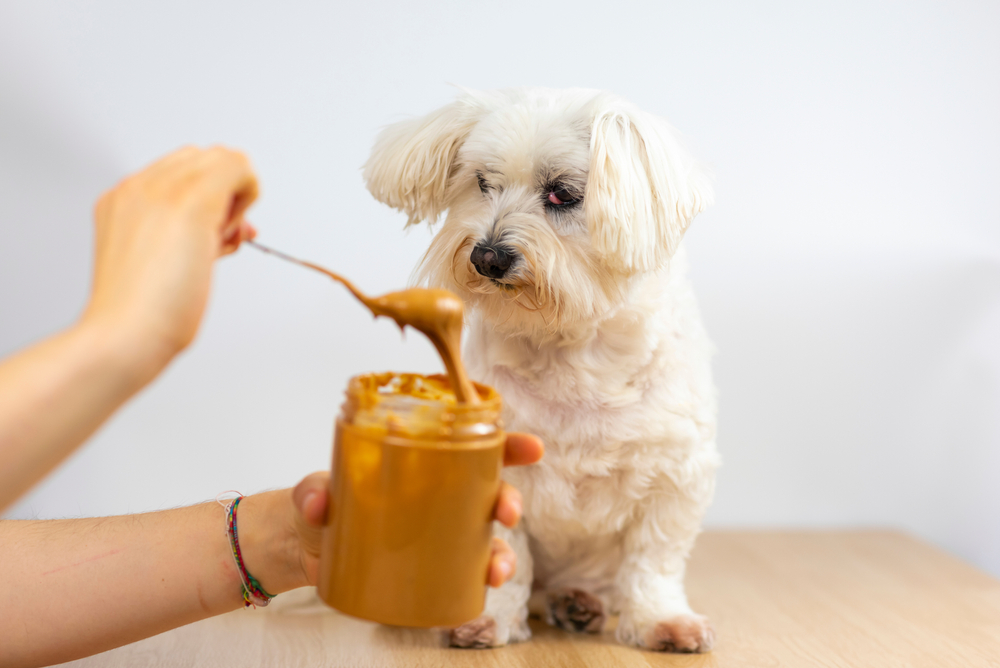Mary Poppins sang, “A spoonful of sugar makes the medicine go down.” Right. If only administering medications to pets were that easy. So, what do you do when your pet refuses medication? This struggle is real among many pet owners and a problem our team at Companion Care Animal Clinic hears about often. However, there is hope. Read our eight pro tips to learn how to successfully administer medication to cats and dogs.
Tip #1: Consult your veterinarian
Consider your veterinarian as your go-to resource when administering medications to your pet. If your pet will not tolerate medication in pill form, your veterinary team may have other options such as a liquid form of the pharmaceutical. They can also give you pointers on pill pockets and other treats to mask the dreaded pill.
Tip #2: Know the correct dosage for your pet
Before administering any medication to your pet, read the label instructions. Some medications should be kept in the refrigerator or in a cool, dry place. Your veterinarian will provide you with the information to safely administer the medication, the time, and the dosage.
Tip #3: Use food to entice your pet
Most pets will ingest a pill if it is covered by cheese, peanut butter, or lunch meat. If your veterinarian approves, you can mix the pill in wet food or inside their normal treat. Make sure your pet is hungry such as right before they get their evening or morning meal.
Tip #4: Stay positive and calm for your pet
Some pets get anxious if they feel their owners’ anxiety. Act as if you are giving your pet their daily treats as usual. Let your pet come to you, while sitting on the couch or bed. Reassure your pet that they have nothing to be anxious or fearful about.
Tip #5: Try, try again to give your pet medication
If your pet doesn’t want to cooperate, give them 30 minutes or more and try again. Pushing the medication will only make your pet more uneasy and fearful. Wait until your pet is calm and relaxed such as after a nap or when you sit down to pet and snuggle them.
Tip #6: Make sure your pet swallows the pill
Pets can sometimes be sneaky. They may act like they’ve ingested the medication, but you find the pill on the floor later. Take a peek inside your pet’s mouth to ensure the pill was swallowed and not hiding under their tongue or between their teeth and jaw.
Tip #7: Ask for long-acting pet medications
Certain medications are available in long-acting form. These include steroids, allergy medications, and antibiotics, which may be available through injection. Discuss the alternatives with your veterinarian.
Tip #8: Use the old-fashioned method to give your pet pills
If your pet is a pro at taking medications, you may be able to give them a pill directly. Do this by gently opening their jaws at the hinges and placing the pill at the back of the tongue, closing their mouth, and stroking their throat in a downward fashion. You can also use a pet piller, which is a tool to administer pet medications. If you attempt to administer your pet’s medication manually, use caution to avoid being bitten.
The best pill disguises to use when medicating your pet

Most pets will take a pill if it comes in a tasty treat. To mask your pet’s medication, consider wrapping it in one of the following treats:
- Xylitol-free peanut butter
- Deli meat
- Wet cat or dog food
- Cooked sweet potato
- Pumpkin puree
- Cantaloupe
- Cooked meatballs
- Cubed cheese
Last but not least, you may be able to get your pet to swallow medicine you have placed inside a pill pockets, a hollowed out pet treat product. Simply place the pill inside and squeeze the sides together to create the perfect pet poll disguise.
If you are struggling with giving your pet their medication, talk with our team. Our Companion Care Animal Clinic team knows how important successfully administering your pet’s medication is for their health and well-being.







Leave A Comment